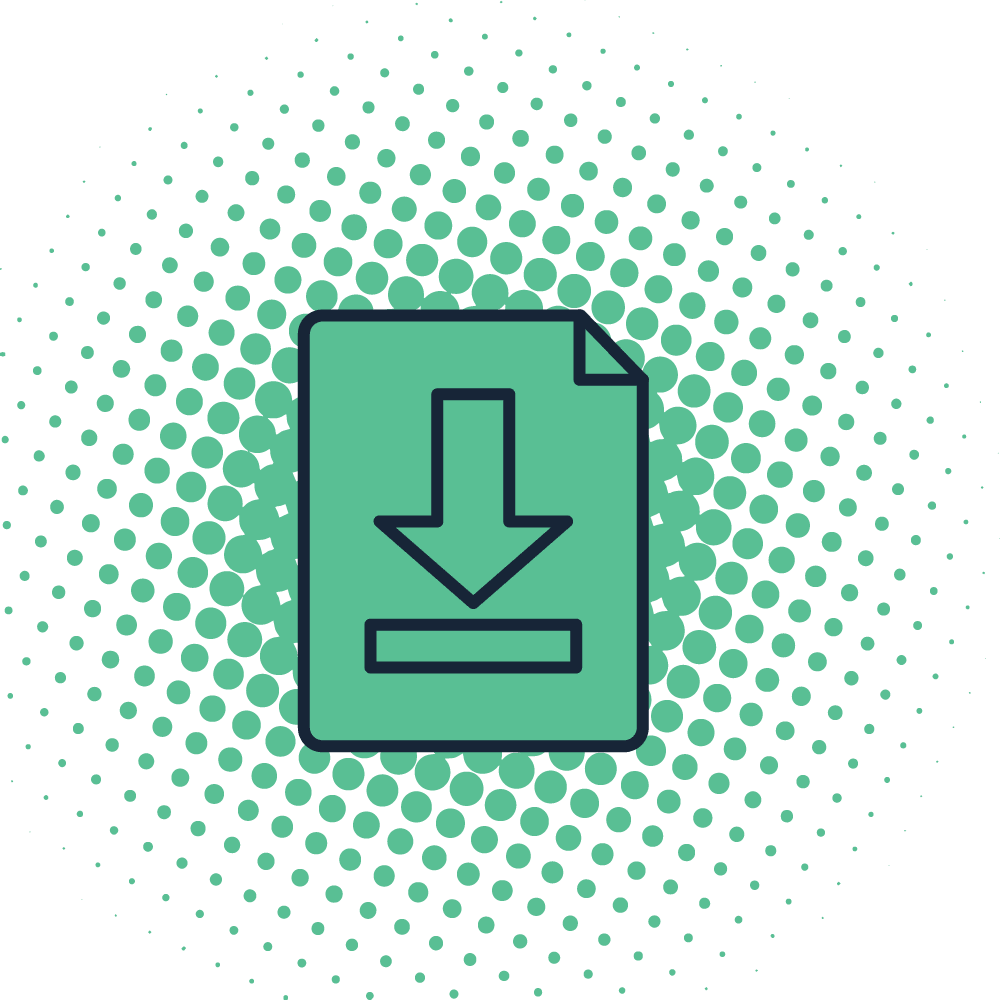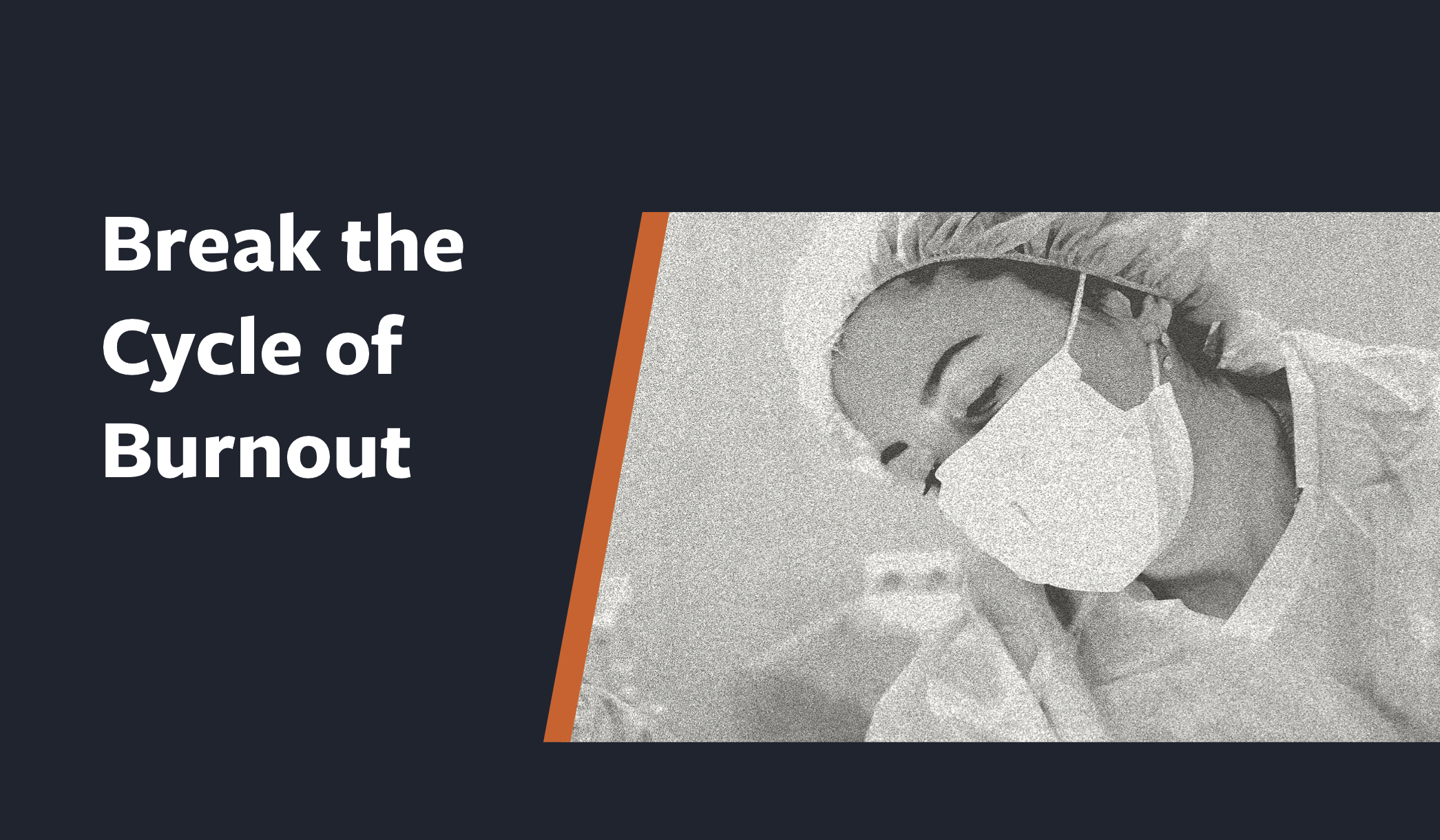Emerging technologies, countless administrative tasks, jam-packed schedules, and substantial student debt are all contributing to one of our country’s largest health care challenges — clinician burnout. A recent survey of physicians by the Physicians Foundation found that nearly four out of every five physicians has experienced some level of burnout in his or her career. Banishing clinician burnout starts with recognizing the signs and symptoms, then implementing intuitive technology to alleviate its impact.
Burnout consists of “a long-term stress reaction marked by emotional exhaustion, depersonalization, and a lack of sense of personal accomplishment,” according to the Agency for Healthcare Research and Quality. And this stress can have serious consequences on both the provider as well as patient care. From the provider perspective, it means more than just low job satisfaction, though this impact is critical — nearly a third of doctors wouldn’t go into medicine again if given the choice. For doctors, burnout can also mean higher rates of depression, lead to alcohol and substance use, and even increase suicide rates.
The impact of provider burnout also directly affects the care doctors are providing to their patients. Just one negative interaction with a tired and overworked doctor can permanently damage the patient’s relationship with your practice. Results of clinician burnout range from lower levels of patient satisfaction — ultimately affecting your organization’s reputation as a whole — to poor decision-making and negligent care. In fact, a recent study found that physician burnout was associated with a doubled risk of medical error, often resulting in cost- and time-intensive malpractice suits.
As a profession, medicine is inherently focused on promoting health and wellbeing. Providers and health organizations alike have an ethical imperative to recognize the symptoms of burnout and implement effective remedies that move the dial on health care further forward.
Three-quarters of providers begin their careers in medicine in order to help others. Making it as easy as possible for them to do so will benefit the health of your providers, patients, and organization as a whole.
1. How are your providers feeling?
Healthcare organizations that are in tune with their providers’ wellbeing are more likely to notice symptoms of burnout early. Low energy levels, forgetfulness, and apathy can be signs that something is amiss. A non-judgmental, transparent environment can encourage providers to come forward and communicate their symptoms before burnout becomes an issue.
2. Is their work high-quality?
Are providers completing all of the necessary administrative work? Are there any apparent errors or lapses in judgement? Recognizing where there are gaps in functionality can help administrators gauge physician energy levels.
3. What does the patient experience look like?
Take a look at the quality metrics at your practice and identify areas where quality may be suffering. What does patient satisfaction at your practice look like? How are your online reviews, your comments, and your feedback? Any downward dips could be an indication of burnout.

Want to build awareness around burnout and its remedies? Download our shareable infographic here and break the cycle of burnout.
Not all of the factors contributing to provider burnout may be in your control. Fortunately, however, there are steps organizations can take to improve the provider experience and, as a result, the patient experience as well. Eight out of every ten physicians find the relationships they develop with their patients to be their greatest source of job satisfaction. Carving out the time and resources so that providers can better focus on that relationship is essential. This allows them to set common health goals with patients, address the social factors that impact health, find time to advance their learning to produce better health outcomes, and ultimately move the dial further on the health of their patients.
1. Streamline and automate wherever possible
Jam-packed schedules and clunky administrative tasks are both major drivers of burnout. Automating some of these tasks on behalf of your care teams and streamlining schedules so that providers can better anticipate the day helps alleviate some of this burden.
2. Enhance the provider-patient relationship through simple and effective communication tools
Providers and patients both care strongly about their mutual relationship. Automating logistical communications around things like appointment and prescription reminders leaves space for more meaningful conversations to help providers focus on the part of the job they like the best — helping their patients become healthier.
3. Reach patients through the full continuum of care
So much of what impacts a patient’s health is out of the hands of one individual provider, but with new technology, care teams can quickly and easily remind patients about needed follow-up care and post-care instructions.






